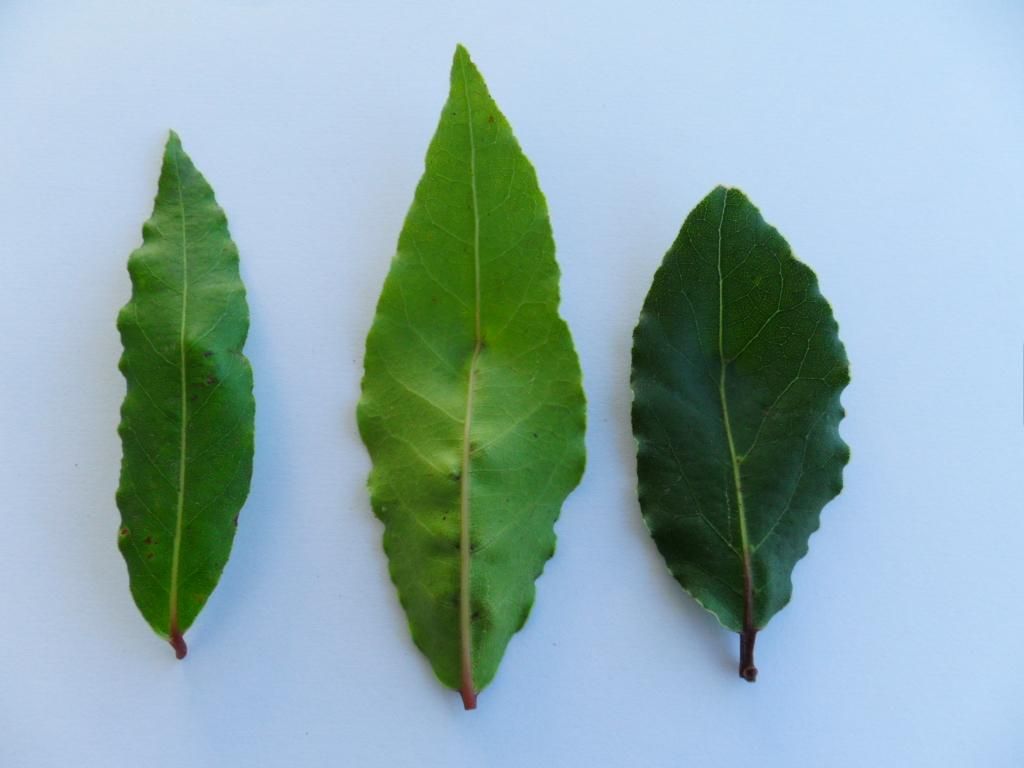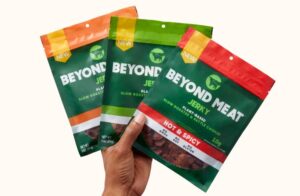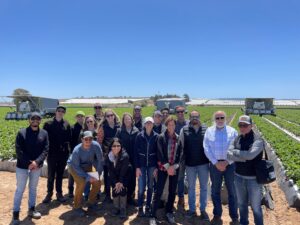At Virginia Tech’s College of Agriculture and Life Sciences and College of Engineering, Professor Y-H Percival Zhang is working on a way to turn cellulose into edible starches and biofuel. The Chinese-born professor’s idea is based on the premise that cellulose, the substance responsible for creating structure in the cell walls of plants, can be broken down into more basic substances like glucose using specific enzymes. The glucose, or sugar, can be turned into ethanol through fermentation. Considering that cellulose is easy to locate and is found in everything from perennial grasses to agricultural waste like cornhusks, Zhang’s method could make a big splash.
A number of other researchers have played with different ways to convert widely available cellulose into a malleable starch. The material could provide the building blocks for a whole host of products, including biodegradable plastics. What sets Zhang’s research apart, however, is the amount of starch derived. While existing methods of cellulose-to-starch conversion waste many of the sugar molecules involved, Zhang’s method converts the cellulose into ethanol and starch without wasting any inputs.
Although it may take some time before the starches approved through Zhang’s methods are approved for human consumption, the starches could create new solutions for the agriculture industry, like livestock feed. Creating a new source of feed for livestock would free up the substantial portion of the world’s arable farmland that is dedicated to growing livestock feed, like alfalfa and rye grasses.
AgFunderNews recently had the opportunity ask Professor Zhang five questions about his research.
What inspired you to research the conversion of cellulose into edible starches and biofuel? What were the biggest motivators behind your research?
I was born in China and like reading the history books. I clearly understand the importance of food security, especially for the nationw ith the most population – China. When the world population grows to 9 billion in 2050, the need of more food supplies is becoming more urgent. Since I have worked on cellulosic biofuels for more than 18 years, I understand the great potential of cellulosic feedstock supplies, which are about 50 times more powerful than the starch produced by cereals. If we can convert cellulose to starch, we will have an easy solution to address food security and revolutionize agriculture completely – growing perennial plants and converting biomass to edible food in new biorefineries.
How do you see these edible starches fitting in with the current food production system during the next decade? And in 25 years?
Edible (artificial) starch will become a supplementary part of food production over the next decade and will enter the market within five years. First, we will produce artificial starch from agricultural and forest waste. Next, we will start using marginal land and low-cereal productivity land for biomass production. Eventually, after around 50 years, this technology could become the most important way to produce edible food.
The first several applications of synthetic starch are based on synthetic amylose. These amylose will be used to make biodegradable bioplastics, which is more costly than cellulosic ethanol or regular food/feed. Also, amylose is regarded as resistant starch, good for decreasing risks of obesity and diabetes.
In addition, we can produce amylopectin from cellulose (in preparation for publication). We are adjusting the ratio of amylose to amylopectin, and adjusting each starch component’s properties (chain length and branches). It is important to make artificial starch taste similar to or better than natural starch-based cereal. China now makes and promotes artificial rice by using potato starch, a new way to address national food security. Similarly, we will make artificial rice from synthetic amylopectin and amylose, and make different texture artificial rice by adjusting their optimized ratios, which could be healthier.
Are you developing these biofuels for any specific application? How do they compare to other biofuel technologies that are currently available?
In addition to its potential food source, synthetic starch is the best hydrogen –storage carrier. The pathway from starch-to-hydrogen-to electricity is the most energy efficient among all possible biofuels.
What are some of the biggest hurdles to scaling this technology for broad usage—both from a science standpoint and an economic standpoint?
When we make amylose as bioplastics, the co-production of starch and ethanol has much better economy than ethanol-only bio-refineries developed by nearly all cellulosic ethanol companies (e.g, DuPont). Bioplatsics ($1/kg) based on weight are far more costly than ethanol ($0.3-0.5/kg) and also nearly 2 kg of starch makes 1 kg of ethanol. We are very optimistic about its future scale-up. We are solving the mass production and the stability of the two key enzymes. When they are solved, large-scale production will be accomplished within several years. A pilot plant will be built in China in the coming years.
What are some of the next steps for your research on cellulose-derived biofuels and edible starches?
As mentioned above, we need to improve the stability of the two important enzymes, produce enzymes on a large scale, build a pilot plant, and developing new and high-value new applications for synthetic starch before they are cost-acceptable as a new food source. This technology is a disruptive technology, which will enter niche markets such as bioplastics and resistant starch, and then bulk markets such as alternative food and feed. In a word, our technology will become reality soon. One of the biggest food companies in China is evaluating our technology now.
Have news or tips? Email [email protected].

















Guest article: Who owns America’s farmland? Xenophobia and US agriculture… reality vs perceptions